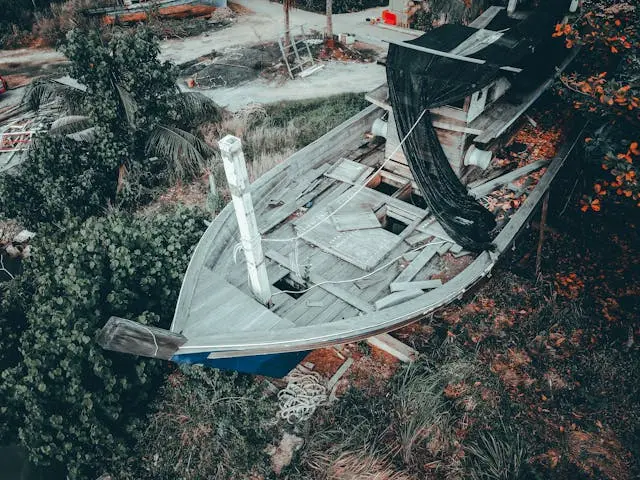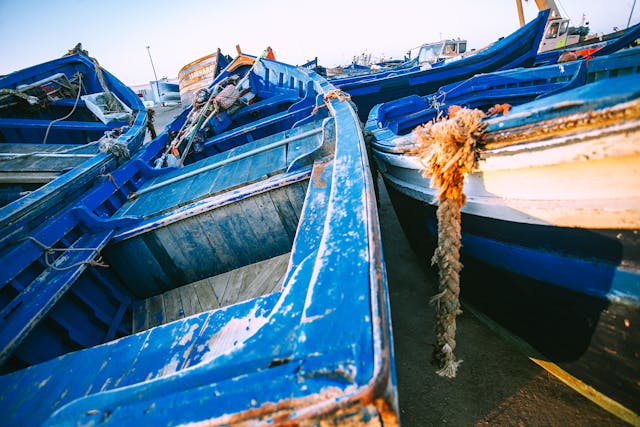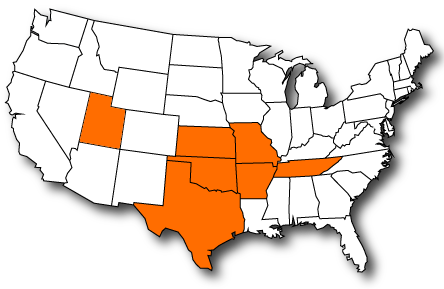When you own a boat, protecting it from potential damage is paramount, especially in a state like Arkansas where weather can be unpredictable. Boat insurance coverage is a crucial component of boat ownership, providing financial security and peace of mind in Arkansas.
But does boat insurance cover storm damage in Arkansas? This comprehensive guide will explore the intricacies of boat insurance policies, the types of coverage available, and how they apply to storm damage in Arkansas.
Understanding Boat Insurance in Arkansas
Boat insurance functions similarly to car insurance; it offers various types of coverage to protect your investment. The primary types of boat insurance include:
- Liability Coverage: Covers costs associated with damage or injuries you cause to others while operating your boat.
- Collision Coverage: Pays for damage to your boat resulting from a collision with another boat or object.
- Comprehensive Coverage: This covers damage to your boat from non-collision-related incidents, such as theft, vandalism, and weather-related events.
- Uninsured/Underinsured Boater Coverage: Provides protection if you’re involved in an accident with a boater who lacks adequate insurance.
- Medical Payments Coverage: This covers medical expenses for you and your passengers in case of an accident.
For boat owners in Arkansas, comprehensive coverage is particularly relevant when considering storm damage. However, it’s essential to understand the specifics of what comprehensive coverage entails and how it applies to storm-related incidents.
Storm Damage and Comprehensive Coverage
Comprehensive coverage is designed to protect your boat against a wide range of risks, including storm damage. Storm damage can encompass weather events such as high winds, heavy rain, hail, and lightning. In Arkansas, where the climate can be volatile, comprehensive coverage can provide vital protection.

What Constitutes Storm Damage?
Storm damage under boat insurance typically includes:
- Wind Damage: High winds can cause significant damage to boats, especially if they are not properly secured. This can include anything from minor cosmetic damage to complete destruction.
- Hail Damage: Hail can severely damage the exterior of a boat, including the hull and deck.
- Flooding: Heavy rains and rising waters can lead to flooding, which can damage the boat’s engine, electrical systems, and interior.
- Lightning Strikes: Boats are susceptible to lightning strikes, which can cause fires, electrical damage, and structural damage.
Policy Inclusions and Exclusions
While comprehensive boat insurance coverage generally includes storm damage, the specifics can vary between insurance providers. Some key points to consider include:
- Coverage Limits: There may be limits on the amount the insurance company will pay for storm damage. It’s important to know these limits and ensure they are adequate for your boat’s value.
- Deductibles: A deductible is the amount you must pay out-of-pocket before your insurance kicks in. Higher deductibles typically mean lower premiums, but they also mean higher costs in the event of a claim.
- Exclusions: Some policies may exclude certain types of storm damage or have conditions under which coverage is not provided. For example, if your boat is not properly maintained or secured, the insurance company may deny your claim.
Arkansas-Specific Considerations
Arkansas’s unique geography and climate patterns can impact boat insurance and storm damage coverage. The state experiences a range of weather conditions, from tornadoes and thunderstorms to heavy rainfall and occasional flooding. Understanding these local factors is crucial for Arkansas boat owners.
Tornadoes and Severe Thunderstorms
Arkansas is part of “Tornado Alley,” an area in the central United States known for frequent tornado activity. Severe thunderstorms, often accompanying tornadoes, can bring high winds, heavy rain, and hail. Boat owners should ensure their comprehensive coverage explicitly includes damage from these types of storms.
Flooding
Flooding can be a significant risk in Arkansas, particularly in areas near rivers and lakes. Heavy rains can rapidly cause water levels to rise, leading to potential flooding. Boat insurance policies should be reviewed to confirm that flood damage is covered, as some insurers may exclude flooding or require additional riders for full protection.
Seasonal Considerations
Arkansas’s boating season typically runs from late spring to early fall. During these months, the risk of storm damage may be higher due to increased storm activity. Boat owners should consider the timing of their coverage and ensure they are fully protected during the peak boating season.
How to Ensure Adequate Boat Insurance Coverage
To ensure your boat insurance adequately covers storm damage in Arkansas, follow these steps:
1. Review Your Policy
Carefully read through your current boat insurance policy to understand what is covered and what is excluded. Pay special attention to the sections on comprehensive coverage and storm damage.
2. Talk to Your Insurance Agent
Discuss your concerns and needs with your insurance agent. They can explain your coverage and recommend any necessary adjustments or additional coverage options.
3. Consider Additional Coverage
If your current policy does not fully cover storm damage, consider purchasing additional coverage or endorsements. For example, you might need a separate rider for flood damage or increased coverage limits for high-value boats.
4. Maintain Your Boat
Proper maintenance and preparation can reduce the risk of storm damage and ensure that your insurance claims are not denied due to negligence. Regularly inspect your boat, secure it properly when not in use, and take preventive measures during storm warnings.
5. Document Everything
Keep detailed records of your boat’s condition, maintenance, and any improvements or repairs. In the event of a storm damage claim, having thorough documentation can expedite the claims process and support your case.
Filing a Storm Damage Claim in Arkansas
If your boat suffers storm damage, follow these steps to file a boat insurance claim:
- Contact Your Insurance Company: Report the damage as soon as possible. Provide detailed information about the incident and the extent of the damage.
- Document the Damage: Take photographs and videos of the damage. This visual evidence can support your claim and provide a clear picture of the extent of the damage.
- Submit a Claim Form: Fill out the required claim form provided by your insurance company. Include all necessary documentation and evidence.
- Work with an Adjuster: An insurance adjuster may inspect your boat to assess the damage. Cooperate with the adjuster and provide any additional information they may need.
- Repair Estimates: Obtain estimates for the repair costs. Your insurance company may require multiple estimates to ensure fair pricing.
- Follow-up: Stay in contact with your insurance company throughout the process. Ensure all paperwork is completed and submitted promptly to avoid delays.
Conclusion
In Arkansas, boat insurance can indeed cover storm damage, provided you have the appropriate coverage in place. Comprehensive boat insurance coverage is essential for protecting your boat against the diverse weather conditions the state experiences.
By understanding your policy, maintaining your boat, and being proactive in securing adequate coverage, you can ensure that you are well-prepared for any storm that comes your way.
Remember, every insurance policy is different, and it’s crucial to tailor your coverage to your specific needs and circumstances. Consult with our insurance agent, review your policy regularly, and make adjustments as necessary to keep your boat protected year-round.
With the appropriate preparation and insurance coverage, you can confidently enjoy Arkansas’ waterways, knowing that your investment is protected. Reach out to G&G Independent Insurance today for affordable boat insurance in Arkansas.


